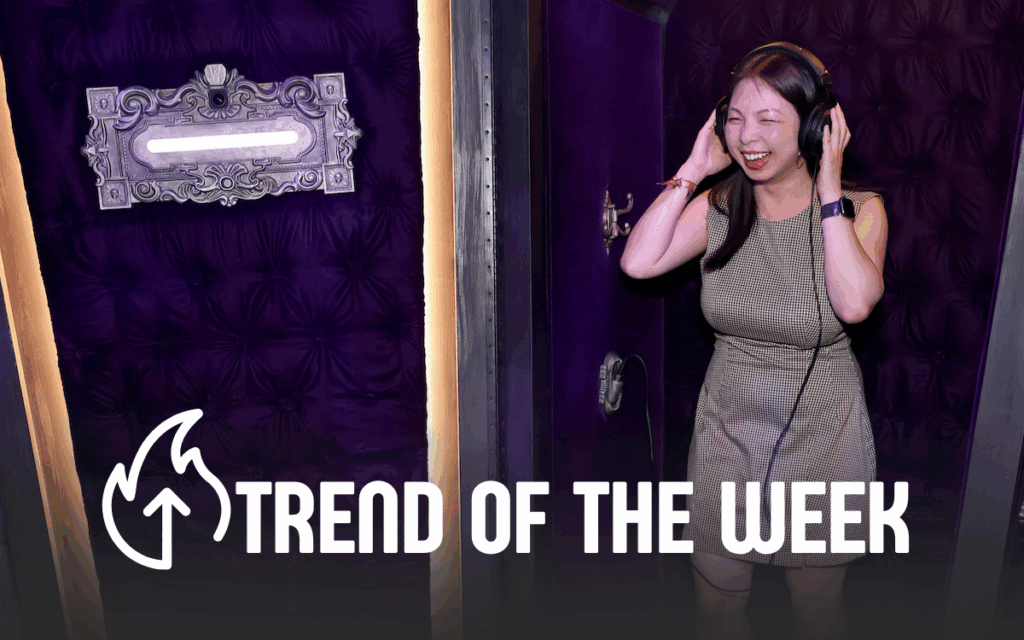It goes like this. You produce a promotion that’s really incredible — the breakthrough concept brings the strategy to life and gives consumers a once-in-a-lifetime experience that they can’t get from any other brand, and they know it. We’re not talking some crummy little “win a car” scratch-off FSI, here. We’re talking genius on all cylinders, Hall of Fame, a Reggie on your desk, and another comma in your paycheck.
Then the client calls you into his office and says those nine little words — the words that make a creative director who was daydreaming about leather seats in his new Z3 suddenly start thinking about the graveyard shift at Denny’s.
The client says: “No one’s entering the sweepstakes. The promotion isn’t working.”
Nine dreaded words
There are many ways to respond.
First is the “Oh the horror!” reaction. Junior agency people are most susceptible; they get a look of abject terror and start sputtering. “What do you mean they’re not signing up? Oh my god! They have to be signing up. I mean, we spent all that money — all your money. Okay, okay, don’t panic, we can fix this. We’ll make this right, whatever it takes. You wouldn’t fire us over something like this, right?”
Occasionally you’ll see the “Johnny, we hardly knew ye” approach, where the concept is abandoned with such vigor that half the people in the room are left wondering why it was ever picked in the first place (and the other half start mentally preparing their resumes). This is often combined with blame — “That’s because the media buy isn’t supporting it,” or “That’s because the sales force isn’t executing it,” or “I told you that headline wasn’t going to work.”
Here’s the best response. I warn you, it requires some preparation.
When the client says the promotion isn’t working because no one’s entering the sweepstakes, you say, as politely as you can, “Sir, we’re not in the sweepstakes business. We’re in the [insert product here] -selling business.”
Neat, huh?
It’s the truth, after all. Our objective is not to run a really great sweepstakes. We want to use the sweepstakes as a carrot to lure consumers to buy the product. Just as you wouldn’t complain that the donkey hadn’t eaten the carrot, you shouldn’t think your sweepstakes is a failure because your tear pads look as neat today as they did three weeks ago.
A sweepstakes gets attention, creates excitement, and shows retailers you’re supporting your brand so they’ll authorize displays. A sweepstakes can capture consumers’ imaginations and lure them to your product — and away from your competitor. Now, if your sweepstakes was doing all that but nobody entered, would you still call it a failure?
Entries show a promotion was executed — that the sales force got behind it, that retailers put up the displays. And if you want to measure success by execution, bully for you. But there are better measures than “number of entries.”
Look: A client who’s worried about too few entries is a client who’s searching for something quantifiable that he can show his boss, like GRPs or TRPs or “hits” or “cases moved” — all of which are valid yardsticks for measuring a promotion’s success, but none of which have much to do with a sweepstakes.
What do you want to accomplish? A boost in sales, increased display activity, increased features, an energized sales force — or something as simple as an e-mail from the head of your client’s biggest account saying this was the greatest thing he’s ever seen? Figure it out, and then build a way to measure it. Do it on your own, or with your client, but do it before the program hits, before the mechanicals ship, before concepting begins. Ideally, it’s in the creative brief.
Or don’t. And run the risk of being in the number-of-entries business, doomed to hear the nine little words. It’s bound to give you a few choice words of your own.
Martin Bihl is senior vp-creative director at Renegade Marketing Group, New York City. Send your own little words to him at mbihl@renegademarketing.com.



